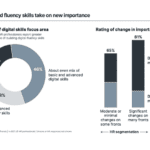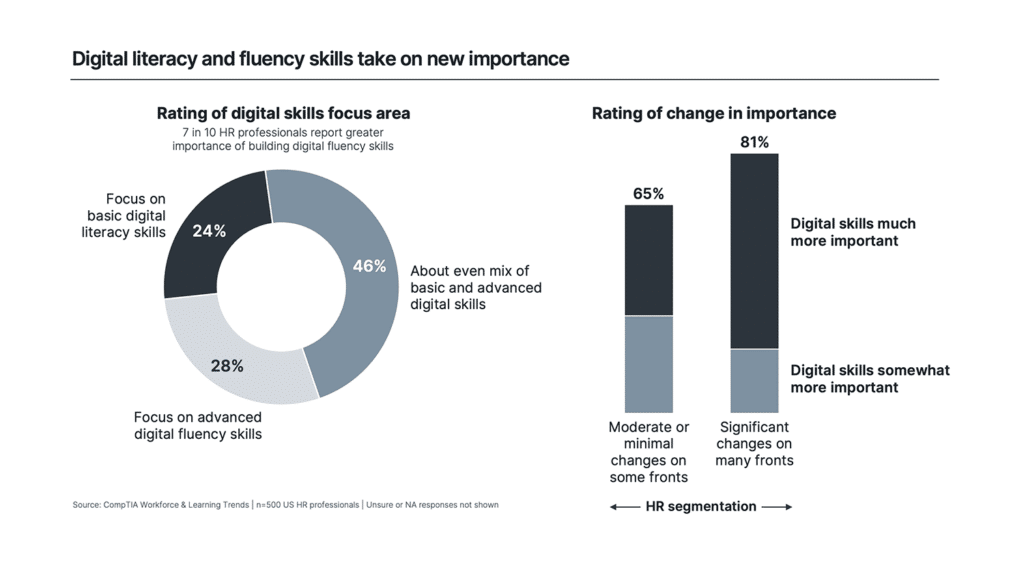The numbers are startling: Across the global workforce, 1 in 5 employees are at risk of developing cancer in their lifetime, according to the World Health Organization, and people under 50 years old are increasingly facing cancer, with a 30% spike in the past several years. In addition, employers are expected to face nearly $250 billion in cancer care costs in the U.S. by 2030, according to a report by The Mahoney Group, further solidifying cancer as employers’ most expensive healthcare cost.
Given the rising incidence of cancer across workforces and its increasing treatment costs, HR leaders today are concerned with not only employees’ health and wellbeing but also the impact that covering treatment and prevention can have on their organization’s financial health, experts say.
“This is an enormous issue for employers and their members,” says Marybeth Gray, senior vice president of health and welfare benefits with Marsh McLennan Agency.
However, Gray says there are ways for employers to avoid or minimize these costs, including boosting employee awareness of disease-fighting resources. She says that starts with increasing openness.

Currently, about half of the employees diagnosed with cancer don’t share the diagnosis with their employer, according to the Cancer@Work study by researchers and professors at the University of Amsterdam, impeding HR’s ability to share valuable information and support. In addition, experts say that HR must better promote and communicate the cancer-related benefits it offers. Without such proactive efforts from both employees and employers, the disease is likely to be underrated and to advance, leading to higher healthcare costs for late-stage cancer.
Ways to reduce cancer-related healthcare costs
HR leaders can employ several strategies to help prevent cancer in their workforce, Gray says, thereby reducing spending on cancer treatment. Here are several options to consider:
Boost preventive coverage
Several new preventive cancer interventions are available for employers to add to their benefits program, says Gray, a recent speaker at Human Resource Executive’s Elevate People, Ignite Change (EPIC) conference. Genetic testing, for example, can reduce cancer by catching certain types early and prompting preventive action, she says. Genetics is the No. 1 cause of cancer, followed by lifestyle and exposure to carcinogens in the environment, she says.
Increasing access to alternative therapies, such as biofeedback and cannabis oil, as well as boosting coverage of preventive procedures like colonoscopies and lung cancer screenings, also can help reduce employer costs, Gray says.
In addition, boosting financial support, such as reduced co-pays or employer contributions to an employee’s lifestyle or flexible spending account, can encourage employees to seek preventive care. Employers also are exploring ways to cover more costs for preventive cancer screenings, such as breast ultrasounds or 3D mammograms, says Ellen Kelsay, president and CEO of Business Group on Health. Increasingly, employers are adding these imaging procedures to their list of approved preventive breast cancer measures, Kelsay adds.

“Employers want to remove costs and barriers for preventative cancer screening,” she notes.
Employers also can offer paid time off for workers to undergo such screenings, Kelsay says, and can bring the services on-site or to employees’ homes with mammogram vans or mobile clinics that conduct lab tests or provide vaccines.
Extensive communication around the need to take advantage of preventive cancer measures, along with incentives, is also imperative, Kelsay says. However, she notes HR’s communication and incentives remain “a work in progress” at prompting action.
Improve post-diagnosis care and coverage
Cancer concierge programs are one way to help employees. Here, a case management oncology nurse is provided to help patients navigate the complicated U.S. healthcare system, Gray says. They can also help reduce unnecessary costs by offering a key test that determines the best medications for treatment.
“The FDA estimates that 75% of Americans being treated for cancer are on the wrong medications or the wrong dosages,” she says. “A simple mouth swab would determine (this).”
According to a report by Carrum Health, partnering with Centers of Excellence can also help employers reduce healthcare costs by more than 45% on certain surgeries. Under such a partnership, employers can make agreements with renowned healthcare providers specializing in a particular area, either directly or through their insurance company, that set fixed, lower prices for otherwise expensive procedures under a “bundled” payment program.
Walmart is one larger employer teaming up with Centers of Excellence partners in the U.S., allowing the organization to provide cancer care at no cost to employees. The retail giant, along with Lloyds Banking Group and Amazon, is among hundreds of employers taking the Working With Cancer pledge. Launched by advertising and public relations firm Publicis Groupe after its CEO and Chairman Arthur Sadoun contracted cancer, the pledge calls on employers to commit to an open workplace dialog around cancer and to list how they are supporting employees with cancer on their pledge page.
“Employers aren’t only looking at the cost of (treating cancer),” Kelsay says. “They are also trying to keep their workforce as healthy as possible and get ahead of these issues.”
The post Cancer is expensive: How to help reduce employers’ healthcare costs appeared first on HR Executive.


